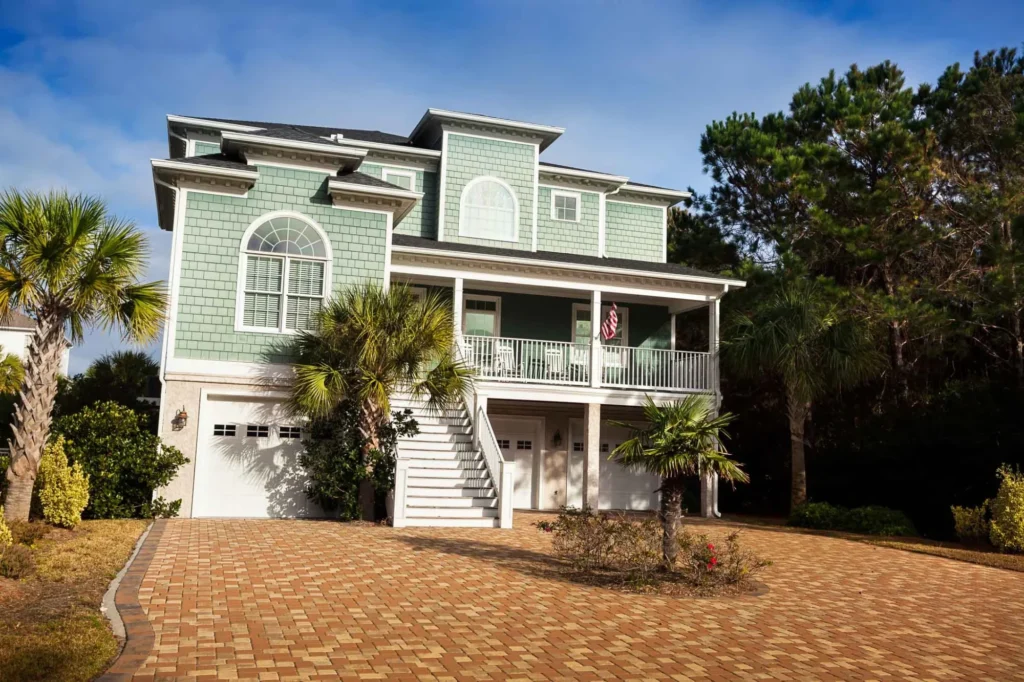
Get Rid of Millipedes in Your Mt. Pleasant Home for Good
Marsh air and lush landscaping in Mt. Pleasant make foundations inviting to millipedes, especially after afternoon storms.
We blend precise exterior treatments with smart irrigation and sealing to keep them outside. For fast relief, call All U Need Pest Control at 1 (888) 239-BUGS.
Pest Control Services in Mt. Pleasant, SC
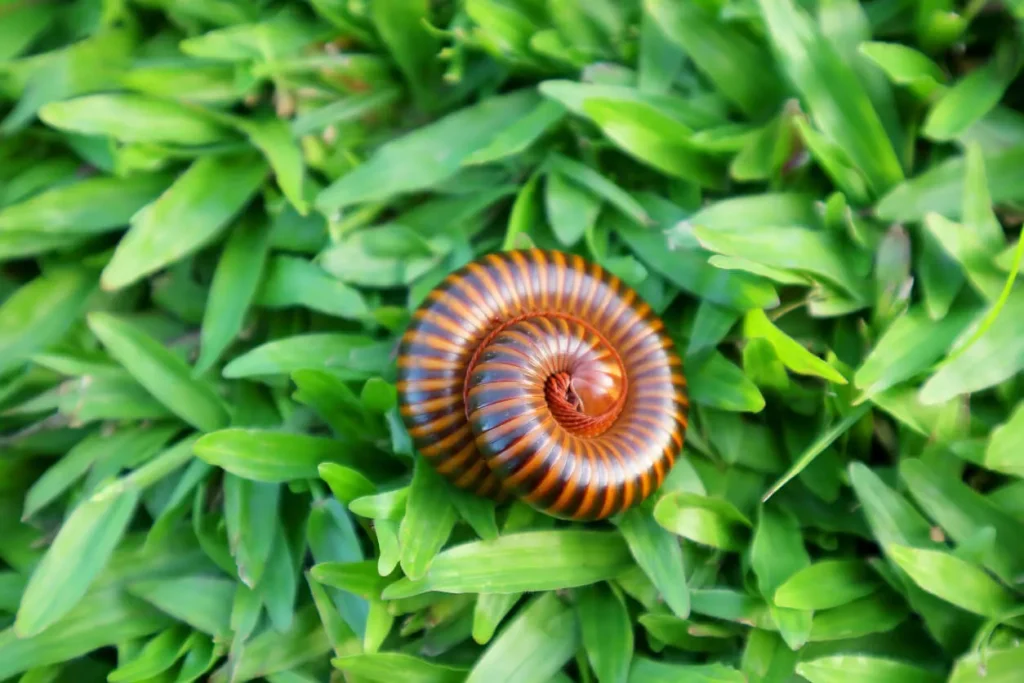
Millipede Control in Mt. Pleasant, SC
Mt. Pleasant’s blend of coastal charm, marshfront views, and lush landscaping makes it one of the Lowcountry’s most sought-after places to live. Unfortunately, the same climate and design elements that draw residents also invite millipedes. With long, humid summers, frequent thunderstorms, and landscaping rich with pine straw and live oaks, millipedes thrive in shaded, moist conditions. After heavy rainfall or seasonal king tides, these creatures often emerge in large numbers, crawling across patios, driveways, porches, and even into interiors. While not harmful, their defensive fluids can stain floors and irritate sensitive skin, which makes them a nuisance worth controlling quickly.
The architectural style of Mt. Pleasant adds to the challenge. Many homes are built on crawl spaces, feature broad porches, and are surrounded by manicured landscapes. Popular mulch choices, especially pine straw, trap moisture near the foundation, creating perfect millipede habitats. From waterfront estates in Old Village to family homes in newer neighborhoods like Carolina Park and Dunes West, residents share similar challenges with these pests.
All U Need Pest Control specializes in treatments designed for Mt. Pleasant’s climate and architecture. Our approach combines moisture reduction, habitat modification, and targeted treatments so that millipedes remain outdoors where they belong.
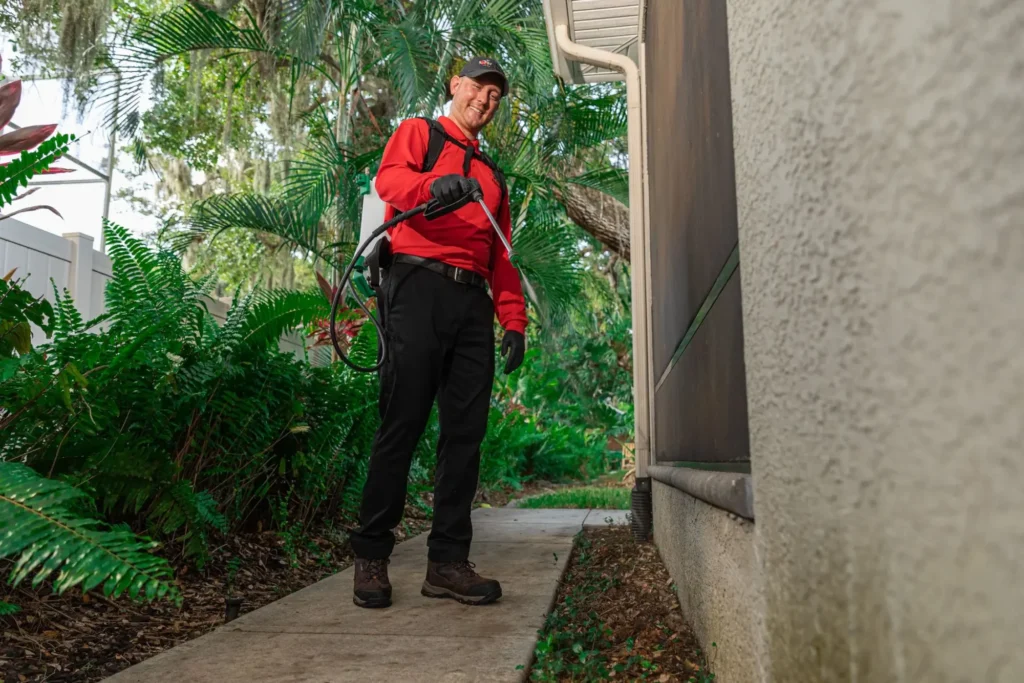
How to Get Rid of Millipedes in Mt. Pleasant, SC
To solve millipede problems, it is essential to understand why they are present. These arthropods feed on decaying organic matter like mulch, leaf litter, and damp soil. When those areas become saturated after rainstorms, millipedes seek drier spaces, often ending up on porches, patios, and inside homes. Sweeping them away provides only temporary relief, and crushing them can leave stains.
Here is a Mt. Pleasant-specific plan of action:
Correct the moisture. Keep water away from the foundation by extending downspouts, repairing drainage, and ensuring crawl spaces stay dry. Raised homes benefit from encapsulation or dehumidification systems, while slab homes should maintain vegetation-free borders to reduce damp soil along the walls.
Modify the habitat. Replace thick pine straw with gravel or stone borders near the foundation to help areas dry faster. Rake up fallen leaves from large oaks and palmettos after storms. Trim hedges and shrubs so airflow improves around exterior walls.
Seal entry points. Door sweeps, screened vents, sealed thresholds, and weep-hole covers reduce easy access for millipedes. Many Mt. Pleasant homes, especially those built with brick or elevated structures, require specific sealing strategies that maintain ventilation.
Use targeted treatments. Professional perimeter and entry-point applications stop millipedes from migrating indoors. Treatments must be timed carefully around rainfall to provide consistent protection in Mt. Pleasant’s wet climate.
Maintain regularly. Seasonal services keep barriers effective during peak millipede months from spring through fall.
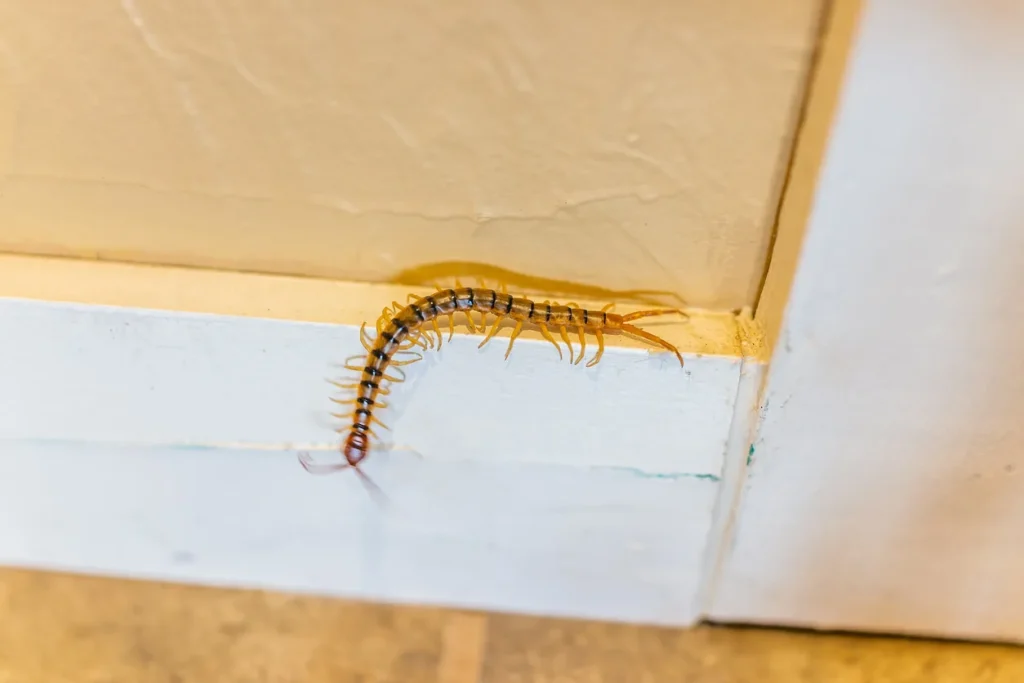
Millipede Treatment in Mt. Pleasant, SC
All U Need Pest Control uses customized solutions rather than generic sprays. Each treatment program is designed based on the specific conditions around your home, from landscaping to environmental factors.
- The combination of native and ornamental plants in your yard that determine shade and moisture levels.
- The type, thickness, and placement of mulch or stone along walkways, porches, and foundations.
- Irrigation timing and drainage patterns that can create consistently damp soil conditions.
- Proximity to marshes, retention ponds, or shaded courtyards where water lingers.
We further refine treatment by considering:
- The timing and locations where millipedes appear, such as garages, crawl spaces, or nightly indoor migrations.
- Seasonal and environmental triggers like tropical storms, king tides, and heat waves that push millipedes indoors, with risks varying for raised versus slab homes.
By combining Integrated Pest Management with targeted product use, we ensure solutions are effective, long-lasting, and suited to Mt. Pleasant’s coastal environment.
Comprehensive Inspection/Consultation
Our inspection begins outside, evaluating mulch depth, grading, downspouts, irrigation overspray, and crawl-space humidity. In historic homes near Old Village, we look for aged vapor barriers or shaded plantings that hold moisture. For newer subdivisions, we assess irrigation practices and dense landscaping. This thorough review allows us to create a detailed plan specific to your home.
Treatment
Our treatments focus on the exact areas millipedes use to migrate, including foundations, porches, crawl-space entryways, and shaded corners. Raised coastal homes, slab foundations, and older structures each require tailored approaches. Timing is critical, and our applications are scheduled to provide maximum protection before and after storms.
Ongoing Maintenance
Because Mt. Pleasant experiences heavy rainfall, tidal surges, and long humid stretches, millipede issues can quickly return without regular service. Our ongoing maintenance programs provide seasonal treatments, reinforce barriers after storms, and monitor high-risk zones. This ensures long-term results for your home.
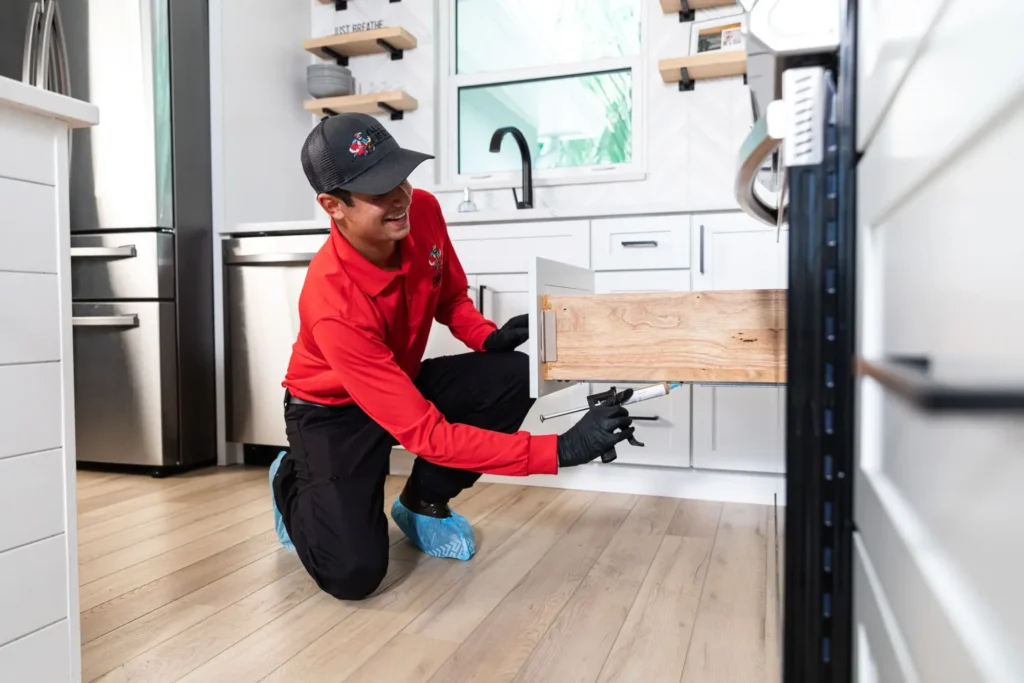
Signs of a Millipede Infestation in Mt. Pleasant, SC
Sightings in Damp Areas
Millipedes often appear in damp indoor spaces such as crawl spaces, bathrooms, and utility rooms. Outdoors, you may find them under porch steps, mats, or pine straw packed against siding. Large numbers inside often follow extended periods of rainfall or high tides, which are common in Mt. Pleasant.
Damage to Plants
Though millipedes primarily consume decaying organic matter, they can sometimes damage tender seedlings or young plants. This is more likely in shaded garden beds with high moisture. If you notice irregular feeding on soft plants, reducing mulch depth and improving airflow can help reduce the problem.
Dead Millipedes
Inside homes, dead millipedes often accumulate near baseboards, thresholds, and garage corners. These dried remains indicate that millipedes are being drawn indoors but cannot survive in the drier air. Addressing outdoor conditions is the only way to stop future invasions.
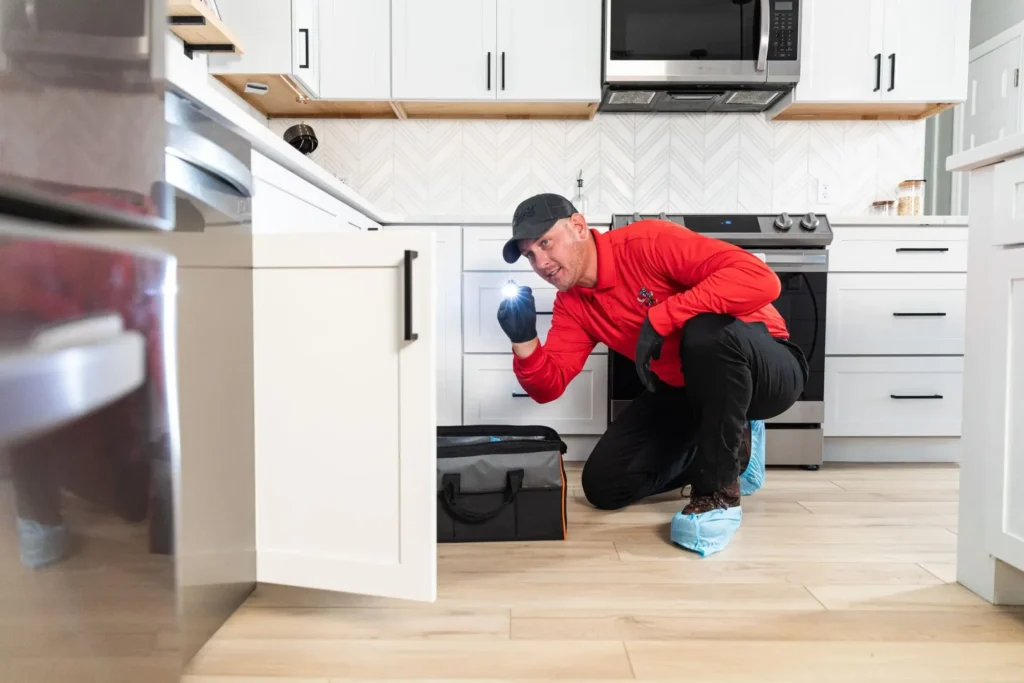
How to Check for Millipedes in Your Mt. Pleasant Home
When determining whether millipedes are infesting your home, check the following key areas:
- Moisture-prone locations such as crawl spaces, garages, bathrooms, and laundry rooms.
- Entry points including gaps beneath doors, open weep holes, and cracks around pipes and windows.
- Mulch beds, pine straw piles, and leaf litter pressed against siding or beneath shrubs.
- Patios, downspout areas, and low-lying yards that hold water after storms.
If you cannot pinpoint where millipedes are entering, professional inspection can identify hidden routes and reveal outdoor conditions drawing them into your home.
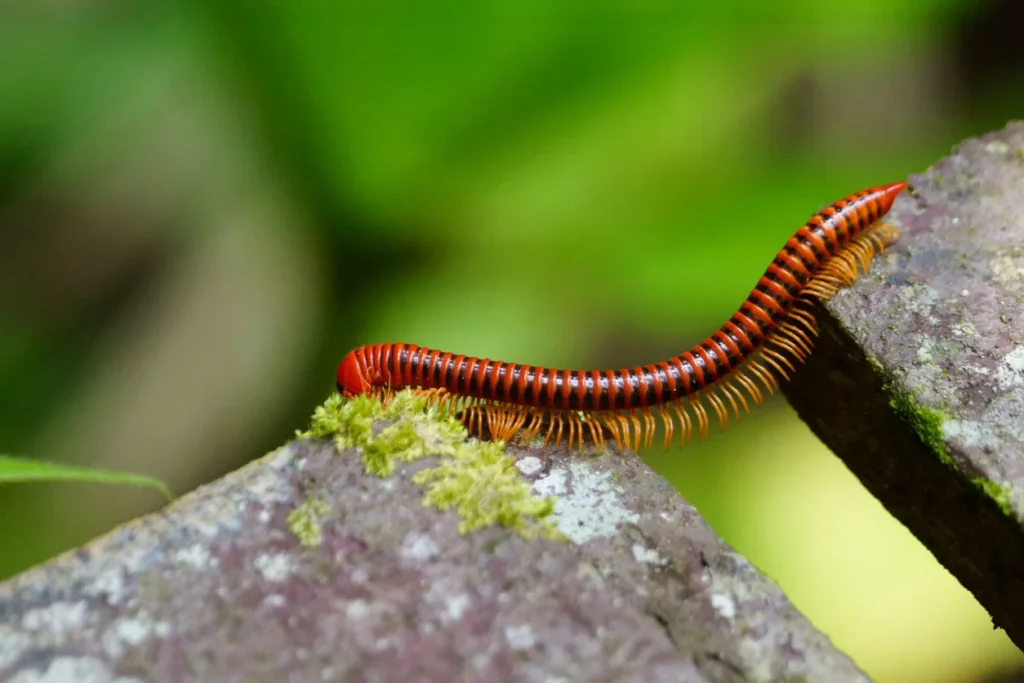
What Do Millipedes Look Like?
Millipedes are long, cylindrical arthropods with many segments, each having two pairs of legs. In Mt. Pleasant, they are most often dark brown or gray, blending easily into mulch, soil, and pine straw. They move slowly compared to centipedes and curl into spirals when disturbed.
Other identifying features include:
- Dark brown or gray coloring that blends with coastal soils, mulch, and leaf litter.
- Rounded, twig-like appearance with multiple body segments and two leg pairs per segment.
- Short segmented antennae used to navigate damp, shaded environments.
Millipedes can live for years, laying clusters of eggs in moist soil or mulch. Keeping your yard dry and well-maintained is an important step in breaking their life cycle.
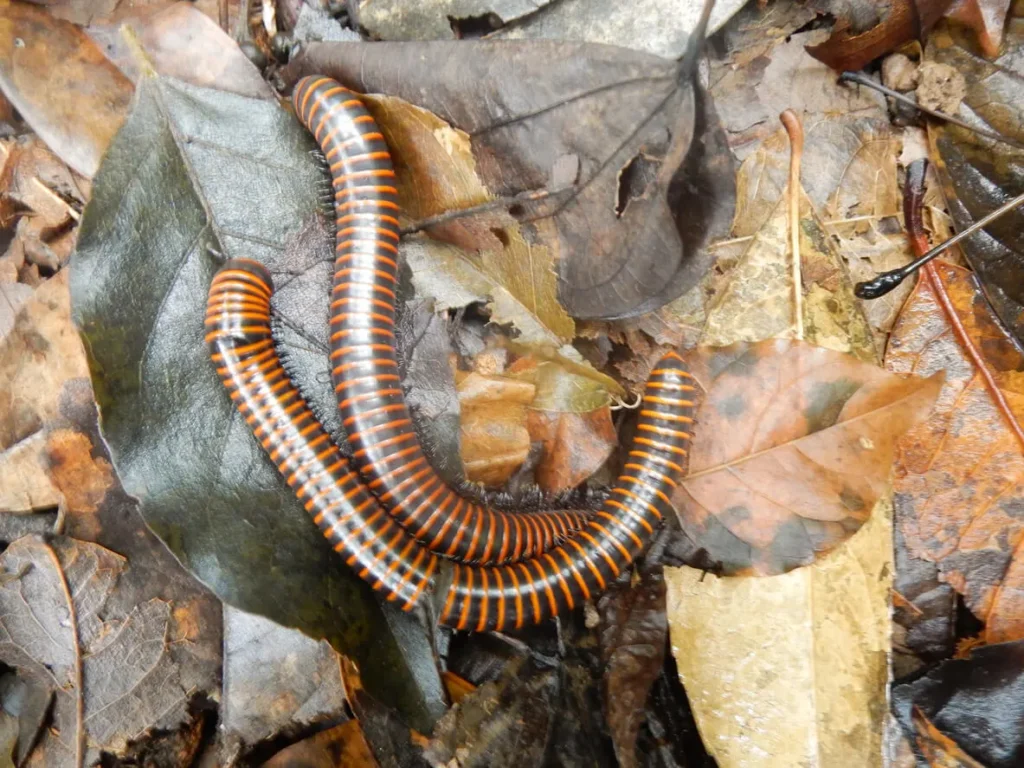
Eco-Friendly Solutions
At All U Need Pest Control, we understand that Mt. Pleasant is surrounded by sensitive marshes, creeks, and estuaries that are vital to the Lowcountry’s ecosystem. From Shem Creek’s lively waterfront to the tidal wetlands near Boone Hall Plantation, the balance between pest control and environmental care is essential. Our eco-friendly solutions respect these natural spaces while ensuring your home remains pest free.
Minimum-Risk Pesticides
We use products with low toxicity that are carefully chosen for safety and effectiveness. Applications are performed only where millipedes travel, including porch steps, foundation edges, crawl-space entrances, and utility penetrations. By focusing on these precise areas, we reduce exposure for your family and pets while achieving strong results.
Eco-Friendly Solutions
Our strategies emphasize more than treatments. We recommend changes like thinning pine straw near foundations, replacing it with gravel where possible, and maintaining a dry perimeter. These physical solutions reduce habitats naturally. For Mt. Pleasant homeowners, these adjustments not only discourage millipedes but also improve the look of your landscaping.
IPM Practices
Integrated Pest Management (IPM) combines careful inspection, sanitation, habitat modification, exclusion, and targeted treatment. In Mt. Pleasant, this approach is essential because of frequent humidity, shaded landscapes, and tidal flooding. Whether you live in an elevated Old Village home or a modern subdivision closer to Highway 17, IPM ensures a tailored strategy that works with your environment instead of against it.
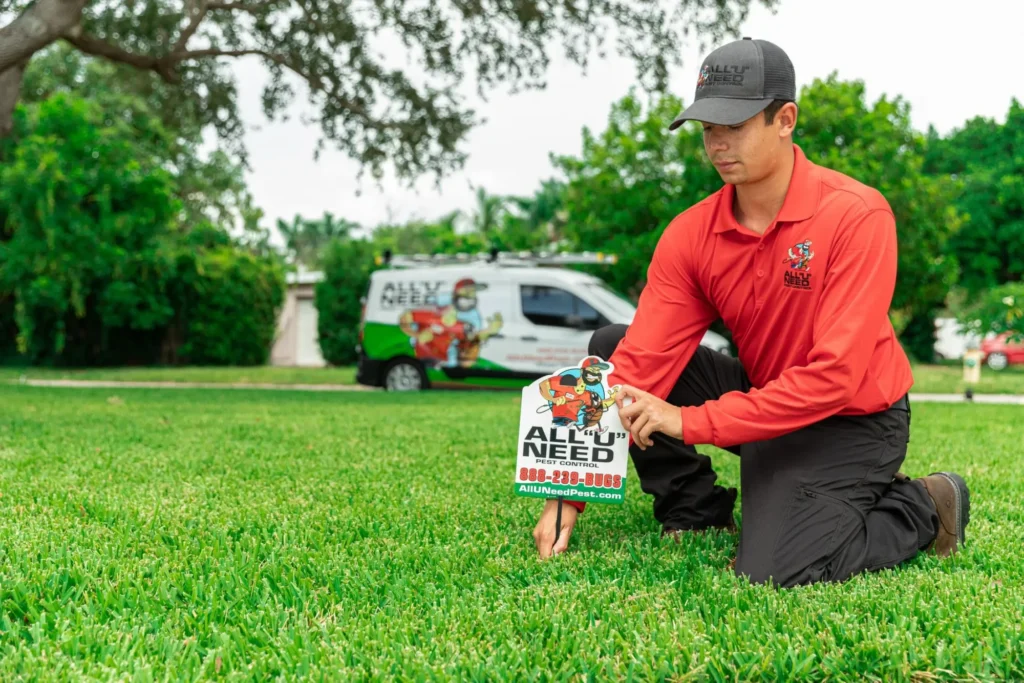
How to Prevent Millipedes in Mt. Pleasant, SC
Reduce Moisture Levels
Moisture control is the most important step in keeping millipedes out. Indoors, use dehumidifiers in crawl spaces, basements, and other damp rooms. Bathrooms should have fans that run long enough to clear humidity. Outdoors, make sure gutters are clear, downspouts extend away from foundations, and soil is graded to prevent pooling water. Irrigation systems should be adjusted so they do not saturate the soil next to walls or porches.
Seal Entry Points
Millipedes often exploit small openings to enter homes. Door sweeps, sealed thresholds, screened vents, and weep-hole covers are simple but effective tools for blocking access. Raised homes in Mt. Pleasant may also need crawl-space doors and lattice sealed to prevent direct entry from shaded landscaping beds. After large storms, check for cracks or gaps that may have formed due to soil shifting.
Remove Organic Debris
Leaf litter, pine needles, and mulch piles create prime habitats for millipedes. Rake and remove debris after storms, especially from around the foundation. Avoid stacking compost or yard waste against walls, and keep mulch layers thin. The drier and cleaner the perimeter, the less attractive it will be to millipedes.
Change Your Landscaping
Simple landscaping adjustments make a significant difference. Replace thick pine straw next to the foundation with stone or gravel to help soil dry faster. Grade your yard to improve drainage, and plant varieties that require less watering. In Mt. Pleasant, where rainfall and tides are common, keeping the perimeter dry prevents millipede populations from surging.
Keep Your Home Clean
Clutter and damp items provide hiding spots and cues for millipedes. In garages and porches, elevate storage boxes and remove wet mats promptly. Indoors, fix minor leaks right away and wipe condensation from windowsills during humid periods. These habits help create an environment less appealing to pests.
Work With a Pest Control Expert
Professional assistance ensures long-term protection. All U Need Pest Control offers comprehensive prevention and treatment programs designed for Mt. Pleasant homes.
- Sealing common entry points such as unprotected weep holes, cracks, and thresholds while maintaining proper airflow.
- Applying treatments in targeted zones where millipedes travel, scheduled around rainfall and tidal cycles for maximum effectiveness.
- Providing Mt. Pleasant-specific advice such as crawl-space ventilation, drainage improvements, and mulch adjustments to reduce dampness.
Location Contact:
419 N Cedar St Summerville, SC 29483
Get Directions for 419 N Cedar StSummerville, SC 29483 on Google Maps843-489-8818
Call All "U" Need Pest Control